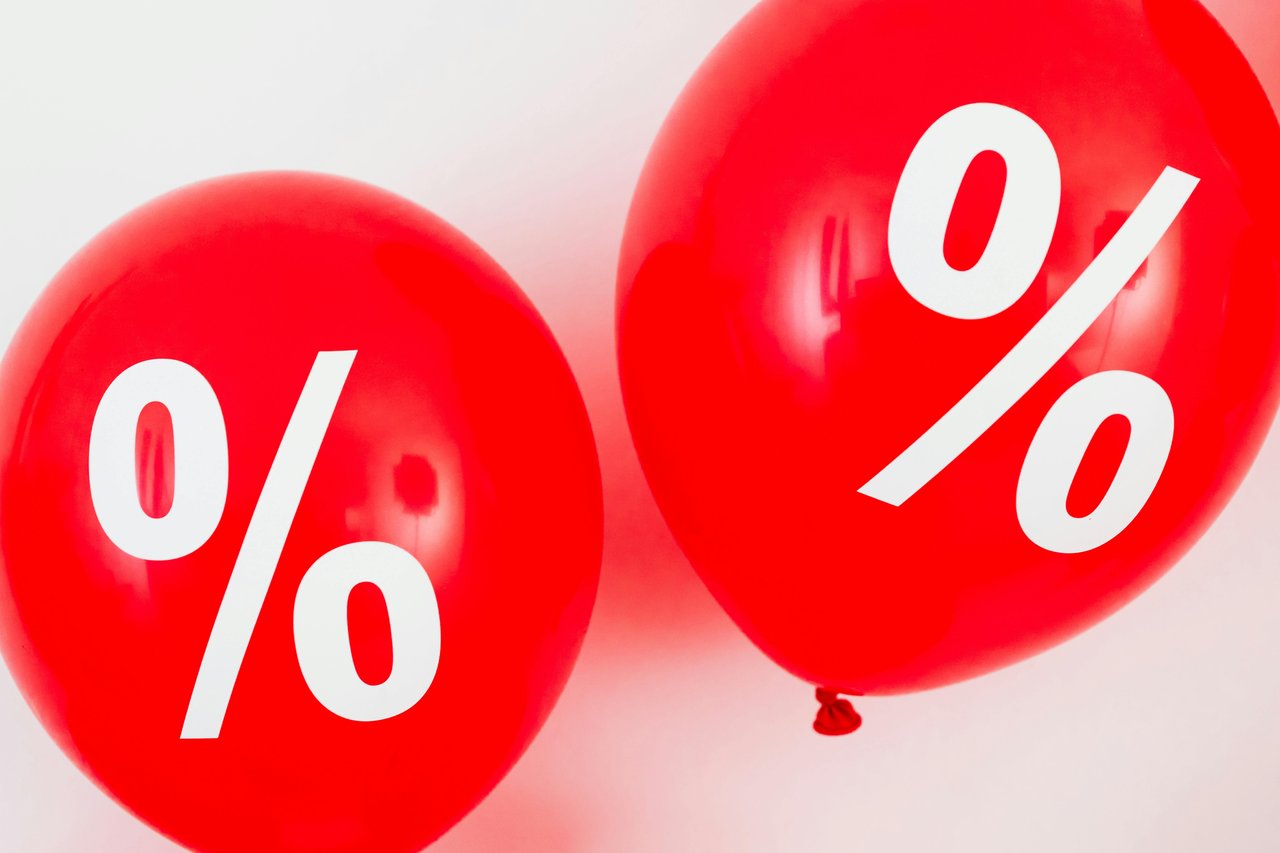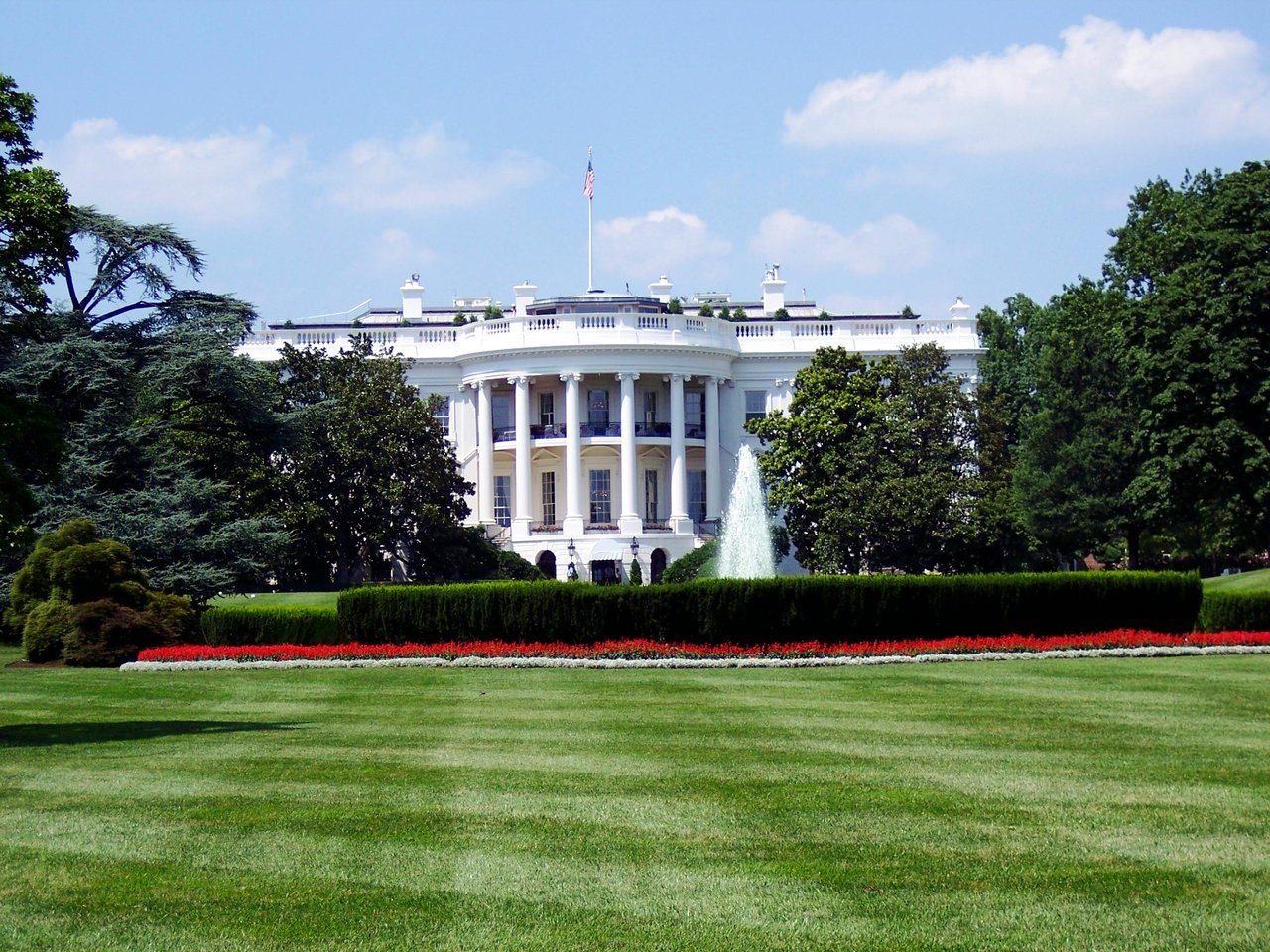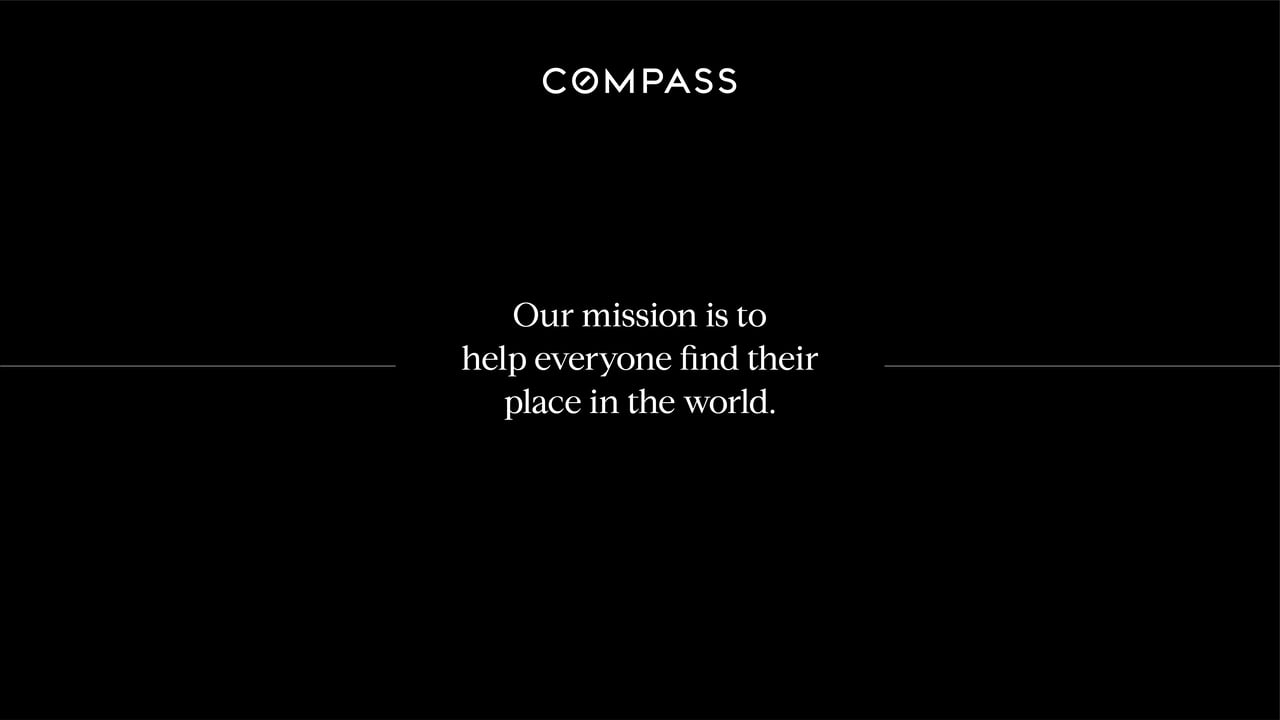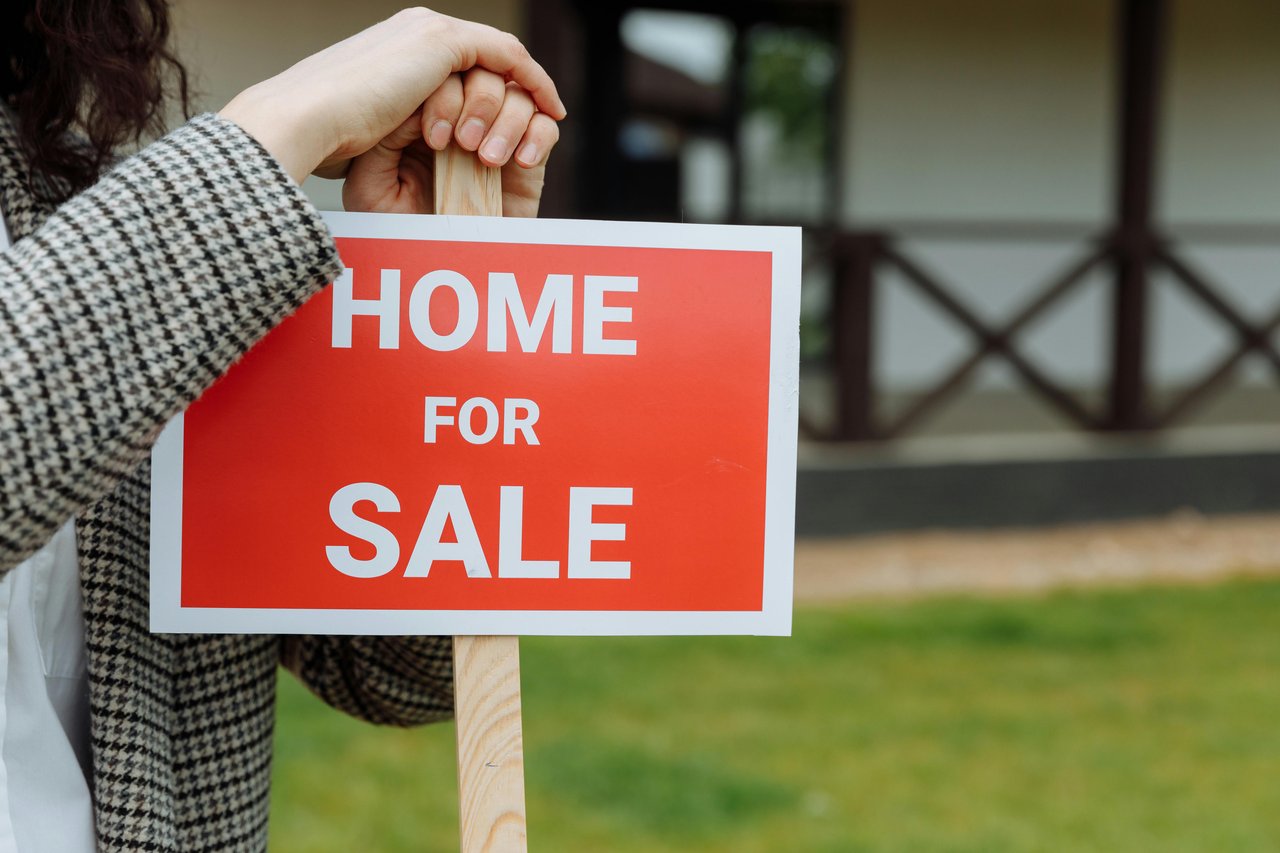

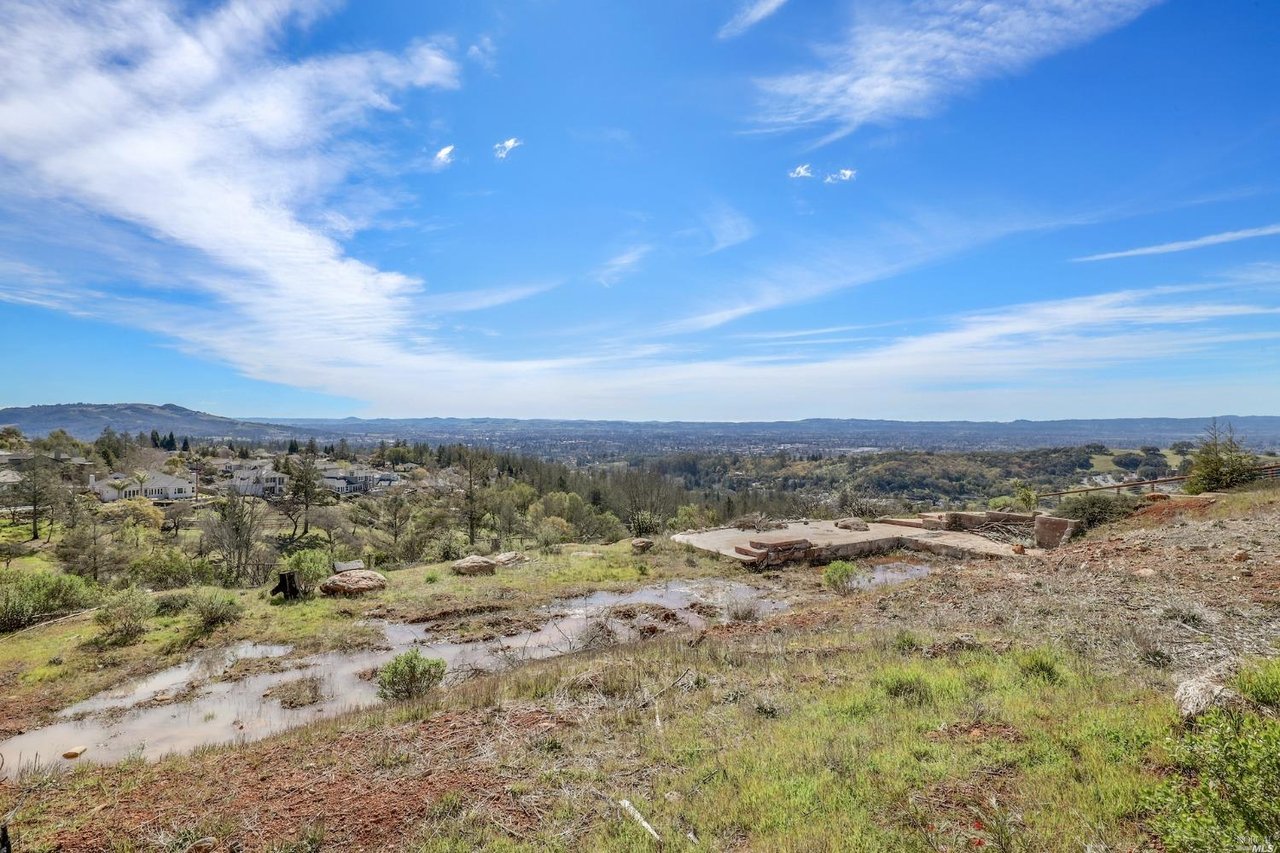
The Dirty on Land Sales
There is a saying that land is the basis of all wealth and there certainly is some truth to this.
According to BAREIS, having closed the books in February, Sonoma County had exactly 240 non-commercial parcels on the open market – 43 of which were newly listed during the month. Our County saw 21 sites receive accepted offers during the period while another 17 lots formally traded hands at an average value of $617,017. Dating back to that fateful October of 2017 - having endured the Tubbs, Nunn’s, Kincade, Wallbridge and Glass wildfires - buyers have purchased 2,451 parcels at an average value of $441,538. In consideration of fewer sellers releasing their lands for sale due to a multitude of reasons, the metrics are now indicating a waning appetite from buyers as well.
Within Sonoma County, Santa Rosa’s Northeast quadrant has been the primary catalyst for the increased activity levels. The Tubbs fire has reshaped the landscape and the marketplace as we know it. This submarket was showcasing 64 residential lots on the open market as we wrapped up February. New offerings from sellers accounted for 11 of those during this period with buyers dipping their toes in the water to capture five sites in new contracts. Sellers closed out five additional sales during the period and since October 2017 have sold a total of 1019 parcels – accounting for 42 percent of all non-commercial lot transactions in Sonoma County.
To put this in perspective, Northwest Santa Rosa has sold a total of 237 lots since October of 2017 for an average price of $284,222 while the greater Sonoma Valley region has seen 179 transactions at an average value of $831,827 and Healdsburg sellers consummated 148 transactions at an average price of $974,103.
Sellers of lots should be readying them for market by making final clearings of dead or diseased vegetation, if not for the determination of holding their sites for years to come while trying to allow the natural beauty to return, to at least abide by county ordinances that require such abatement in order to limit further fire dangers to the surrounding areas - by the way, this is required every year to be completed by July whether you have a home on your site or not, and if not completed, you may receive a letter notifying you of this responsibility and warning that if you don’t then it may get done for you at a rather exorbitant cost by our local government for which you will receive a bill or lien on your property.
As markets progress from hyper-liquid to a more balanced playing field, especially with the average number of days to sell a parcel now hovering at 190, the only thing keeping the dirt from transacting is the price a seller is asking. This is a common theme in basic economics – a seller sets a price, but a buyer establishes the market value. The most recent data shows for every 30 days a parcel languishes on the open market during a 5-month period that transactions have been occurring at a value of four percent less than the original price in each successive monthly clip – which means an average of a 25 percent discount to the original offering price over a 190-day period.
As more parcels make their way to market, another metric comes into play – the elasticity of demand. This is the measure of the change in the quantity demanded or purchased in a product – vacant land in this case - in relation to its price, or required adjustment of such, so that it finds a willing and capable buyer.
Each month adds to the charted progress within our markets as we anticipate values on dirt to be more strongly associated with the effective price of the newly built homes that surround it. A rule of thumb typically used by investors is that not more than 15-20 percent of the value of the total combined asset can be assigned to the underlying cost of the dirt. Thus, for a new $3,000,000 home to come to market, a builder or investor would be reluctant to pay more than $450,000 - $600,000 for the lot the home will occupy – this range exists due to specific site conditions relevant to engineering requirements as well as each buyers associated costs structure.
Having helped clients sell or purchase 93 parcels since the wildfires, it has become clear as to where fair value stands for each based upon a site’s unique characteristics, any detriments of note and the current tempo of the marketplace. Looking to assess your prospects for selling your lot, reach out and we can get into the weeds with you on that.
Stay up to date on the latest real estate trends.

